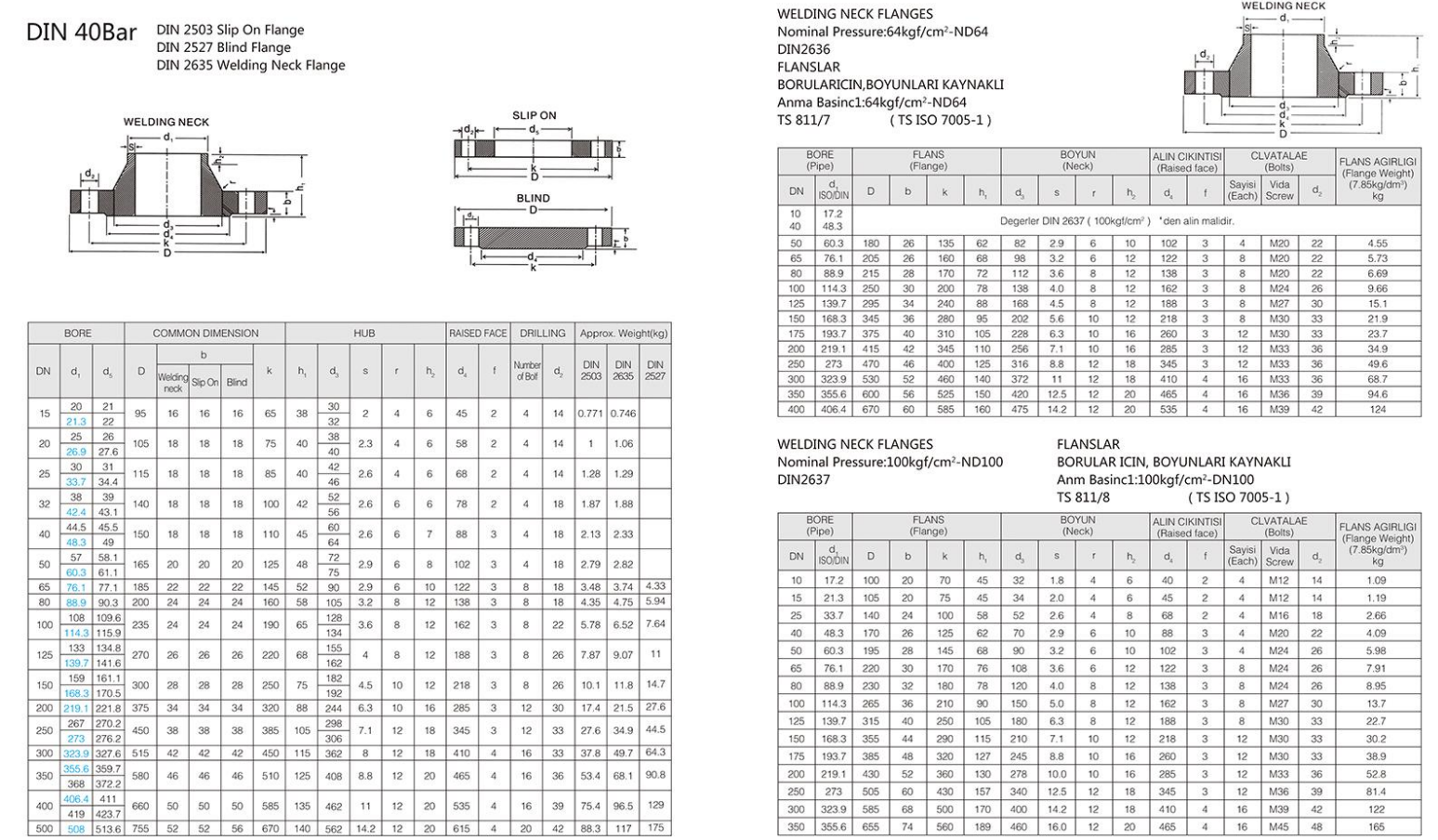-
Cangzhou Yulong Steel Co., Ltd.
-
Phone:
+86 13303177267 -
Email:
admin@ylsteelfittings.com

Nov . 11, 2024 00:45 Back to list
Understanding the Importance of Coupler Threads in Mechanical Applications
Understanding Coupler Threads A Comprehensive Guide
In the world of mechanical engineering and fluid dynamics, coupler threads play a crucial role in joining two components to ensure a secure connection. Whether it's in plumbing, automotive, or manufacturing industries, understanding the intricacies of coupler threads can significantly affect the performance and reliability of various systems. This article explores the fundamentals of coupler threads, their types, applications, and importance in engineering.
What are Coupler Threads?
Coupler threads are special types of fasteners that use helical ridges to connect two components. These threads can facilitate the easy assembly and disassembly of parts, making them essential in various applications that require maintenance or adjustment. The primary function of coupler threads is to create a snug fit between joined components, minimizing the risks of leaks or failures in the system.
Types of Coupler Threads
There are several different types of coupler threads, each designed for specific applications and material compatibility. The most commonly used threads include
1. NPT (National Pipe Tapered Thread) Widely used in plumbing and gas applications, NPT threads are designed to create a seal when tightened. Their tapered design allows for a tighter fit as the components are connected.
2. BSP (British Standard Pipe Threads) Commonly used in Europe and other regions, BSP threads can be either parallel (BSPP) or tapered (BSPT). These threads are known for their versatility and compatibility with various fittings and pipes.
3. UNC (Unified National Coarse) and UNF (Unified National Fine) These threads are primarily used in mechanical engineering applications. UNC threads are coarser and easier to work with, while UNF threads provide a tighter fit and are typically used when more precision is required.
4. Metric Threads These are established by the International Organization for Standardization (ISO) and are used extensively across various industries. Metric threads are based on millimeter measurements, making them easy to understand and utilize.
coupler thread

Applications of Coupler Threads
Coupler threads are utilized across a myriad of industries and applications, including
- Plumbing In residential and commercial plumbing, coupler threads ensure the integrity of connections between pipes, faucets, and fixtures, helping to prevent leaks and maintain water pressure.
- Automotive In vehicles, coupler threads are essential for joining components such as exhaust systems, fuel lines, and hydraulic systems, where safety and reliability are paramount.
- Manufacturing In manufacturing processes, coupler threads are used to assemble machinery, fixtures, and tools, ensuring that components can be easily modified or replaced as needed.
The Importance of Precision
The effectiveness of coupler threads relies heavily on precision manufacturing. Any discrepancies in the threading can lead to issues such as fitting incompatibilities, leaks, or even catastrophic failures in high-stress applications. Therefore, engineers must ensure that threads are manufactured to stringent specifications and regularly inspected.
In addition to precision, the choice of materials for coupler threads is vital. Different environments may require corrosion-resistant materials, while others need threads able to withstand high temperatures or pressures. The right combination of material and design will enhance the durability and performance of the connection.
Conclusion
Coupler threads may seem like a simple aspect of engineering, yet their impact is profound in ensuring the safety and functionality of various systems. Understanding their types, applications, and the necessity of precision in their manufacturing is essential for any engineer or technician. As industries continue to evolve, the importance of reliable, efficient couplings will only grow, making a thorough knowledge of coupler threads invaluable. Whether designing new systems or maintaining existing ones, recognizing the role of coupler threads is crucial in achieving optimal performance and reliability.
Latest news
-
ANSI 150P SS304 SO FLANGE
NewsFeb.14,2025
-
ASTM A333GR6 STEEL PIPE
NewsJan.20,2025
-
ANSI B16.5 WELDING NECK FLANGE
NewsJan.15,2026
-
ANSI B16.5 SLIP-ON FLANGE
NewsApr.19,2024
-
DIN86044 PLATE FLANGE
NewsApr.19,2024
-
DIN2527 BLIND FLANGE
NewsApr.12,2024
-
JIS B2311 Butt-Welding Fittings LR/SR 45°/90° /180°Seamless/Weld
NewsApr.23,2024
-
DIN2605-2617 Butt-Welding Fittings LR/SR 45°/90°/180° Seamless/Weld
NewsApr.23,2024











